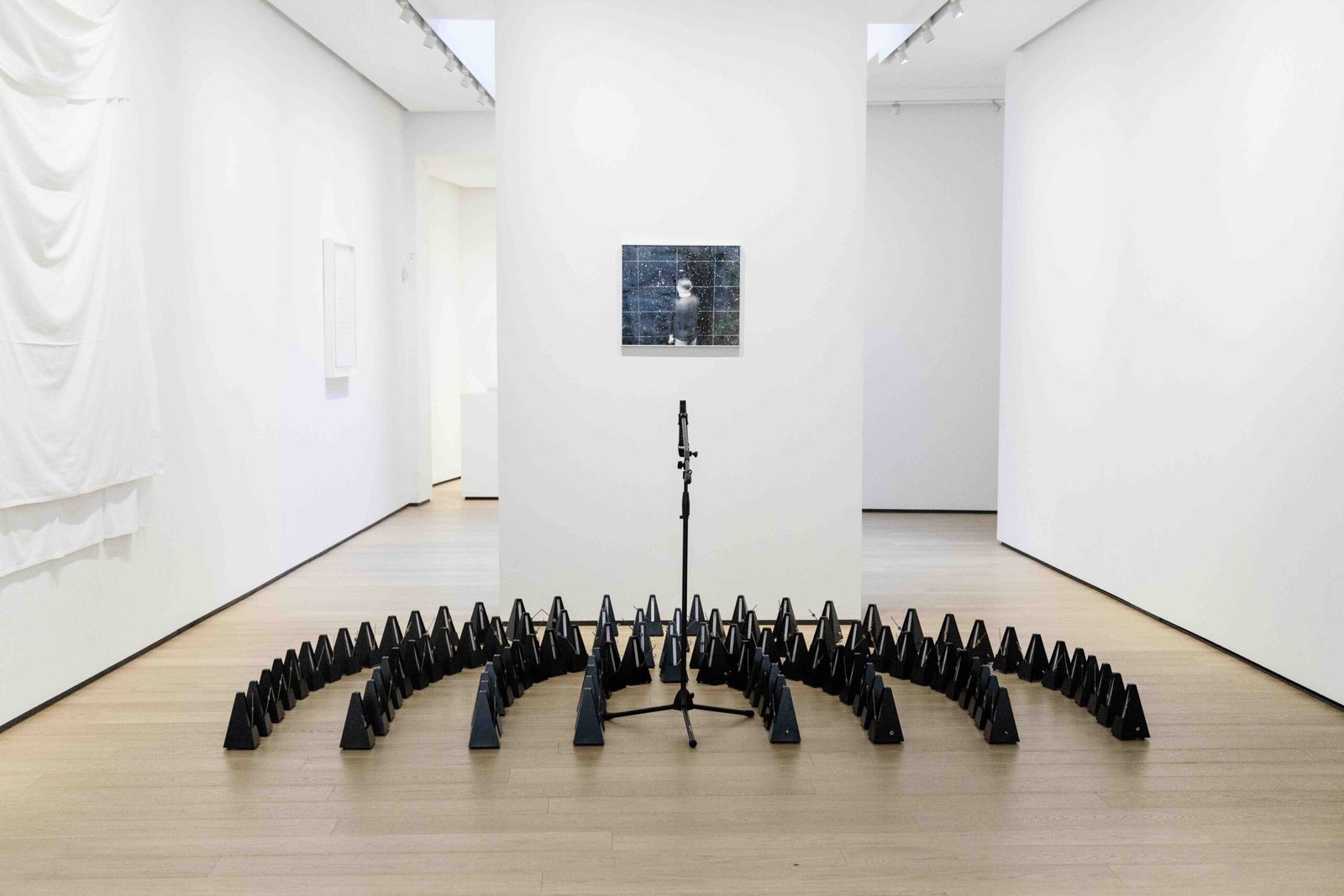György Ligeti. Concert for 100 metronomes
11.07.2018, 18:00-20:00
curated by musicologist Roberto Favaro
directed by Marco Pedrazzini
in collaboration with Associazione Culturale Musica con le Ali
“I invented it in Wien in 1962. When I typed the idea of the project on a piece of paper, I did not think it would have ever been executed. It was a nice idea. I had imagined the sound of a hundred metronomes that stopped one after the other. One hundred was only a rough figure: I was thinking of a sufficient number of metronomes so that the noise, initially uniform, gave rise to rhythmic constellations that changed little by little“. With these words György Ligeti describes and programmatically summarizes the profound meaning of one of the most perturbing and conceptually proactive compositions in the history of Western music.
Written, in fact, in 1962, the Poème Symphonique, “musical ceremonial” for a hundred metronomes driven by ten musicians coordinated by a director, thickens in itself a multiplicity of issues related to the intersected planes of spatiality and temporality, ie visible and audible, evidence, thanks to the sonorous metronome movement, of the broader concept of impermanence.
Consistent with Second Solution of Timelessness and to the works that make up the exhibition substance, created by Roberto Favaro in collaboration with Marco Pedrazzini and Icarus Ensemble together with the Association of Amici di Musica/Realtà, the Poème Symphonique by Ligeti recalls the attention of the spectator/listener/observer on a series of crucial nodes of the musical event and its rich plastic, performative, gestural, architectural and visual implications: the beginning and the end, in first place, ie the perceptible manifestation of a threshold that separates and distinguishes what has already been from what musically it is not yet, but also the progressive extinction of all the hundred indicators of time until the last one, agonizing signal that finally enshrines the exit from the specific and special time of the music.
Secondly, the audibility of the plastic object, the staging of its voice through an automatic gesture which, however, thanks to the different speed levels of the individual metronomes, is already a choreographic action in itself, a multiple architectural exploration (or measurement) of the space – “Space here becomes Time”, Wagner would say.
And furthermore, the complicity of cooperation between music and art, where the typical object of measuring musical time, organized here in an orchestra of a hundred elements, also figures as a fascinating plastic – visual installation which in turn is sonorous, to remind us, by the way, the seven metronomes of the famous Wall of Time created by Enrico Castellani in ’68; and then the multi-sensorial qualification (for the eye, for the ear) of space through the physical presence of metronomes together with the immaterial and intangible evidence of their sound; in the end the rich proliferation of overlapping rhythmic and kinetic planes, destined to generate the continuation of acoustically changeable things perfectly in line with the typical positive poetics promoted by Ligeti in his other works, built on an apparent, immutable staticity of sound bands in continuous, microscopic transfiguration. The title, Poème Symphonique, recalling in itself (as, on the other hand, the Ton Malerei, ie sound painting, of the German Romantics) the 19th Century genre of program music – music that describes, telling it through sounds, an object, a story, an event external to it – inclines towards a narrative potentiality summarized in the articulated eloquence of the one hundred metronomes that refer to the complex and elusive history of (not only) musical time, here together horizontal, linear and directed, and at the same time vertical, unchanging, devoid of separate events, as in an irreparable eternal present.
We thank Valentina Branella, Ilaria D’Agostino, Salvatore De Pascalis, Arianna Mattietti.
We thank Wittner for providing the metronomes.






